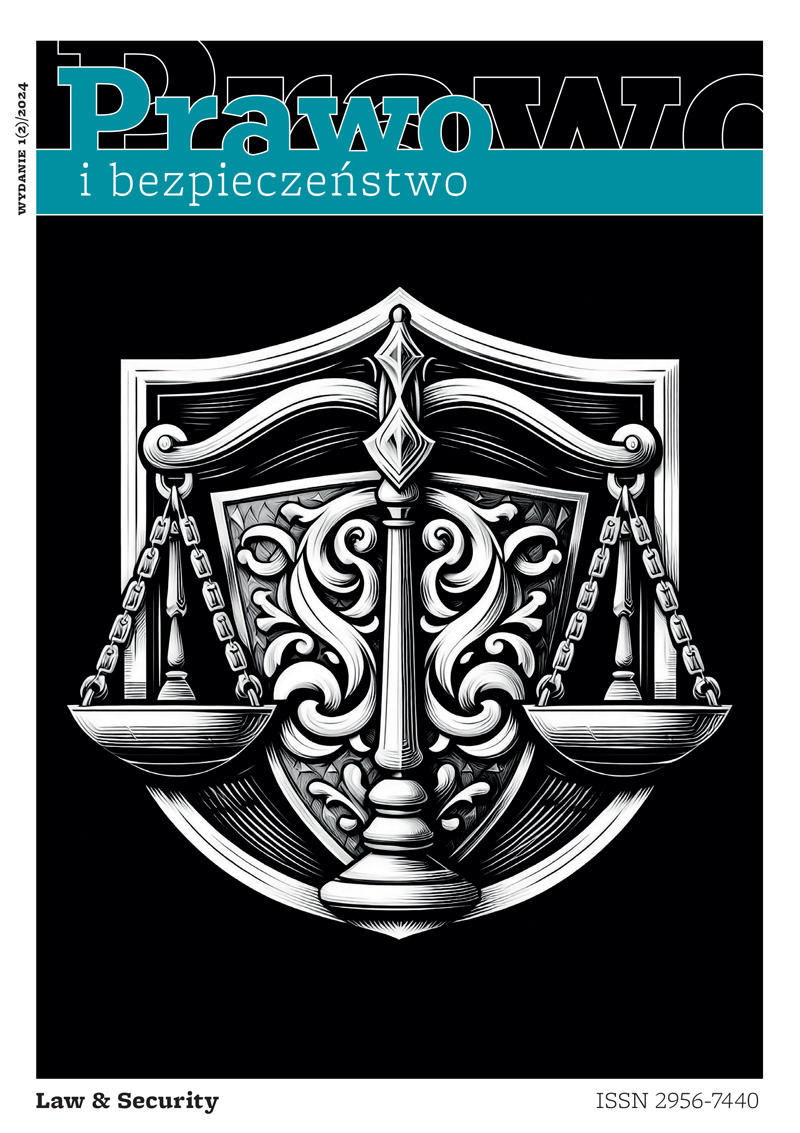System zarządzania kryzysowego NATO a zagrożenia hybrydowe
NATO crisis management system and hybrid threats
Author(s): Zbigniew Ciekanowski, Bartosz Błaszczak, Irena MalinowskaSubject(s): Politics / Political Sciences, Politics, Security and defense, Military policy
Published by: Wydawnictwo Uniwersytetu Jagiellońskiego
Keywords: analysis; security; efficiency; response; capability
Summary/Abstract: The purpose of this article is to examine the development of the capabilities of the NATO crisis management system in countering hybrid threats. This issue should be understood in the context of the changing security reality, where hybrid activities are an increasing challenge for the Alliance. The first part of the article describes NATO’s crisis management system, listing the basic elements. The deterrence element was then presented as an important determinant of NATO’s capabilities. The main part focused on activities aimed at increasing NATO’s ability to combat hybrid threats in the aspect of crisis management. In conclusion, it was concluded that the development of NATO’s crisis management capabilities in the context of hybrid threats is a key element of the alliance’s adaptation to the changing security reality. The research problem was formulated: What actions is the North Atlantic Alliance taking to increase the ability of the crisis management system to combat new hybrid threats? The research problem focuses on the effectiveness of NATO’s actions in countering hybrid threats and on the identification of areas for further improvement. The survey focuses on assessing both military and civilian actions taken by NATO in response to hybrid threats. In accordance with the research problem posed, the author formulated a research hypothesis which assumes that through coordinated actions covering both military-defence and civilian aspects, NATO is able to counter hybrid threats more effectively. However, there is also the likelihood that there are areas where NATO’s capabilities to counter hybrid threats may be limited or require further development. The study conducted a detailed analysis of official NATO documents, such as reports, strategies, guidelines and policy documents, to understand the Alliance’s approach to countering hybrid threats and to assess progress in the development of crisis capabilities, and to draw on scientific articles from recent years. It also analysed cases of hybrid activities that have taken place in the past and in which NATO has been involved or could have deployed its crisis capabilities. The case studies provided insight into the effectiveness of NATO’s operations and the identification of areas for improvement. The research methods used allowed for a comprehensive and in-depth understanding of the issues and effective assessment of the capabilities of the NATO crisis management system in combating hybrid threats.
Journal: Prawo i Bezpieczeństwo
- Issue Year: 2/2024
- Issue No: 1
- Page Range: 7 - 19
- Page Count: 13
- Language: Polish

